Create Your Own Haunt
Building your own haunted house can be an exciting DIY project that lets your imagination run wild. Whether you’re building it for a neighborhood Halloween party or as a personal challenge, turning your home into a spooky spectacle is something that haunt enthusiasts and Halloween lovers cherish. To help you create a spine-chilling experience, we’ve gathered expert tips from haunted attraction pros. Here’s how to bring your haunted house vision to life!
1. Start with a Solid Theme
The first step in building your own haunted house is to establish a cohesive theme. Whether you envision a classic haunted mansion, a creepy asylum, or a post-apocalyptic zombie outbreak, a well-defined theme sets the tone for the entire experience. It helps guide your design choices and ensures that the atmosphere stays immersive and consistent throughout your haunted house, keeping visitors fully engaged from the moment they enter.
Popular Themes:
- Haunted Asylum: Create a creepy abandoned hospital with flickering lights, unsettling medical instruments, and deranged “patients.”
- Zombie Outbreak: Design a post-apocalyptic landscape with wandering undead and survivors hiding from the chaos.
- Classic Haunted Mansion: Ghostly figures, cobwebbed chandeliers, and old Victorian furniture can turn your home into a creepy manor.
Once you’ve chosen your theme for building your own haunted house, stick with it throughout all aspects of the haunt. This includes everything from decorations and lighting to sound effects and costumes. Maintaining a consistent theme ensures that every element of your haunted house contributes to the overall atmosphere, creating a seamless and immersive experience for your visitors.
2. Plan Your Layout with Scares in Mind
Building your own haunted house is all about timing and tension, which means planning the layout carefully to guide visitors through the experience. Keep these key factors in mind:
Use of Space:
- Flow of Movement: Direct your guests through narrow corridors, corners, and unexpected turns. This can build suspense and make them feel trapped.
- Design with Safety in Mind: While you want it spooky, safety is key. Ensure pathways are clear, lighting is adequate where needed, and sharp objects or dangerous props are out of reach.
Placing Scare Zones:
- Layer the Scares: Space out your jump scares and startling moments so that guests are constantly on edge. Too many in quick succession can overwhelm, while too few might make it dull.
- Use Blind Spots: Place your scariest effects around blind corners, behind curtains, or where visitors wouldn’t expect them.
When building your own haunted house, consider creating different “scare zones” that correspond to various rooms or outdoor spaces. For example, you could design a fog-filled graveyard in the front yard, a zombie-infested kitchen, and a haunted doll room in the basement. This approach ensures that each area of your haunted house offers a unique and terrifying experience.
3. Master the Art of Lighting
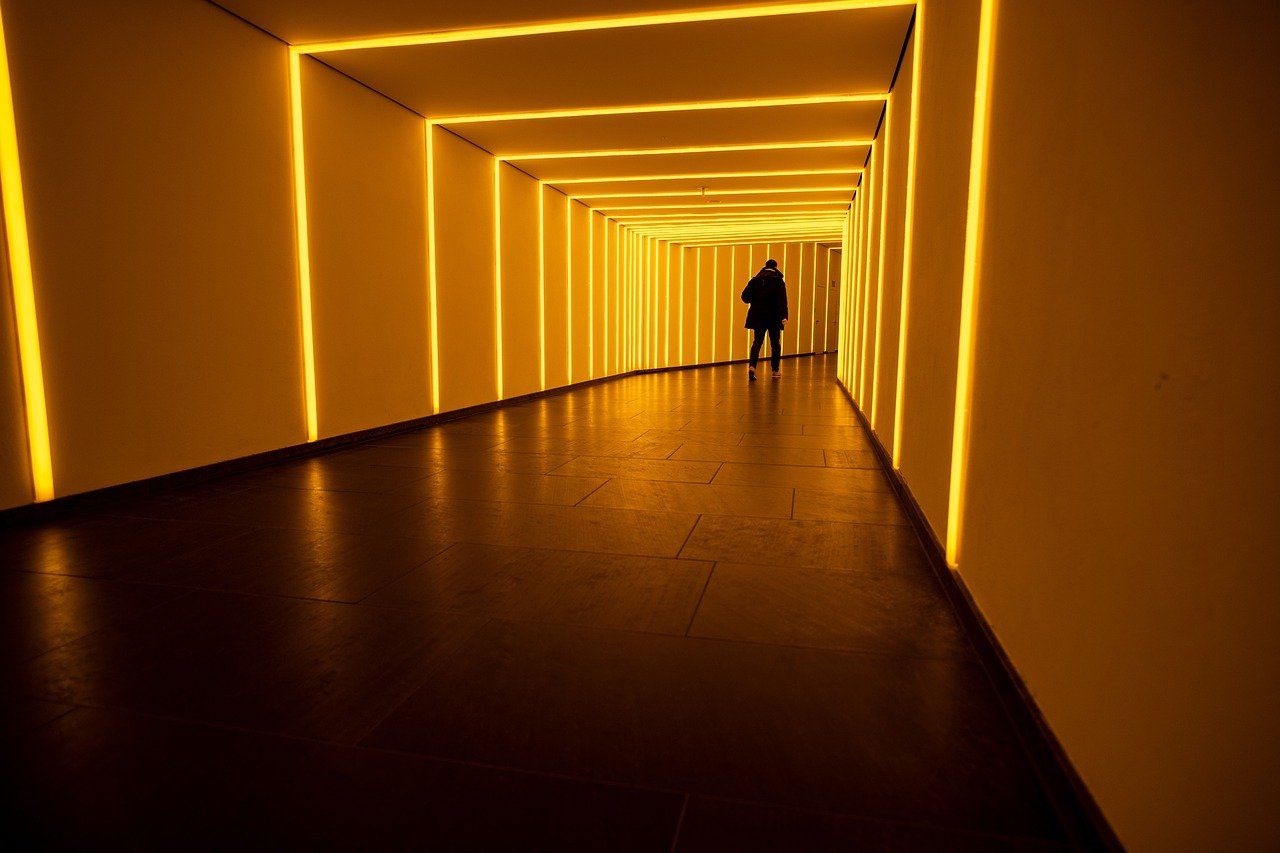
Lighting can make or break your haunted house, so it’s important to get it right. The right combination of lights creates atmosphere and builds tension. Here’s how to do it like the pros:
Dim and Subtle Lighting:
- Flickering Bulbs and Candles: Flickering light bulbs or LED candles can create an unsettling, unstable effect. Use these in hallways, doorways, or rooms to add a haunted vibe.
- Colored Lighting: Red, green, or purple lighting is ideal for enhancing the eerie feel of your rooms. A red hue gives a feeling of danger, while blue or green can mimic a cold, haunted feeling.
Lighting Tricks:
- Backlighting and Silhouettes: Use backlighting behind props, figures, or furniture to create shadowy figures that lurk in the distance.
- Strobe Lights: Strobe lights are a classic for disorienting guests and making them feel like something is about to jump out at any moment. However, use these sparingly and be mindful of guests who might have epilepsy or other sensitivities to flashing lights.
4. Incorporate Sound for Maximum Fear Factor
Sound can greatly enhance the mood and play a big role in building tension. The right audio effects can make visitors’ skin crawl before they even see anything scary.
Atmospheric Sound Effects:
- Creepy Background Noise: Use a mix of howling winds, eerie whispers, creaking doors, and distant screams to create a sense of unease throughout the house.
- Sudden Noises: Strategically placed sudden sounds—like loud bangs, screams, or eerie music—can jolt visitors, especially during quieter moments.
Sound Systems:
- Hidden Speakers: Place speakers in hidden areas throughout your haunted house to create immersive audio effects. Bluetooth speakers are great for this since you can easily hide them in walls, under props, or behind decorations.
5. DIY Props and Decorations
No haunted house is complete without terrifying props, but that doesn’t mean you have to break the bank on store-bought items. When building your own haunted house, there are plenty of DIY options available to create spine-tingling props that will enhance the overall experience.
DIY Prop Ideas:
- Foam Gravestones: Craft your own gravestones from Styrofoam, spray-painting them in gray with cracks, moss, or aging effects. Place them around your yard for an eerie graveyard scene.
- Creepy Dolls: Take old dolls from thrift stores and “age” them with dirt, rips, and scratches. Add glowing LED eyes for an extra scare.
- Bloody Sheets and Curtains: Use fake blood (or DIY cornstarch blood) to splash onto old sheets and hang them throughout your haunt. This is perfect for haunted asylum or serial killer themes.
Essential Decorations:
- Fog Machines: Add a fog machine to create a mysterious, otherworldly atmosphere. Fog helps obscure what’s coming, making it easier to deliver unexpected scares.
- Spider Webs and Cobwebs: Stretch cobweb material over walls, ceilings, and doorways to create that abandoned look.
- Body Parts: Use plastic body parts and place them in unexpected places—peeking out from cabinets, under the bed, or in closets.
6. Recruit a Fearsome Cast
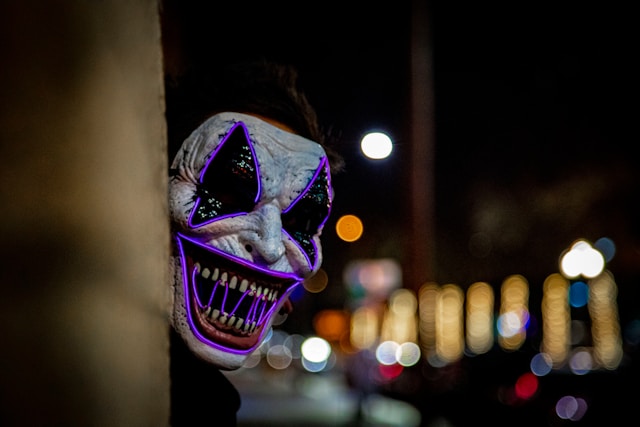
A haunted house is elevated when it includes live actors. If you have friends or family willing to get involved, they can serve as key scare points throughout the haunt.
Roles to Consider:
- Roaming Monsters: Have actors dressed as zombies, ghouls, or clowns who slowly follow visitors without making noise, building a sense of dread.
- Jump Scare Specialists: Actors can hide in specific spots and jump out at the right moment to deliver a shock. Timing is everything here.
- Disturbing Silent Figures: Sometimes, simply standing still in a creepy costume can unnerve guests more than loud noises or movement.
Make sure your actors know the layout of your haunt and the timing of their scares for maximum effect.
7. Focus on Creating Tension
Timing and pace is important when building your own haunted house. Ultimately, the best haunted houses aren’t just about jump scares. They’re about building a sense of dread and tension from the moment guests enter. Use pacing to your advantage. Start slow, letting visitors take in eerie atmospheres, strange noises, and unsettling sights. Then, as they become more comfortable, hit them with bigger scares.
Remember, the power of anticipation is key—sometimes, guests scaring themselves in the silence is the most effective trick in the book.
Final Tips from the Pros:
- Test it Out: Before inviting guests, do a walkthrough with friends or family. They can give you valuable feedback on what works and what could be scarier.
- Don’t Overload the Senses: Avoid overwhelming guests with too much all at once—balance sound, lighting, and scares to keep the suspense rolling.
- Have Fun with It: Building your own haunted house should be as fun for you as it is scary for your visitors. Let your creativity shine!
By following these expert tips and tricks, you’ll be well on your way to building your own haunted house that not only terrifies but also captivates your guests. From the eerie atmosphere created with lighting and sound to the spine-chilling props and perfectly timed scares, your haunted house will leave a lasting impression, making it the highlight of their Halloween season. Whether it’s the unsettling feeling of being watched, the unexpected jump scares, or the immersive storytelling, your DIY haunt will be an unforgettable experience for all who dare to enter. So, gather your materials, unleash your creativity, and dive into the thrill of building your own haunted house. As the fog rolls in and the eerie lights flicker, get ready for an unforgettable Halloween experience that will leave everyone screaming—and coming back for more.

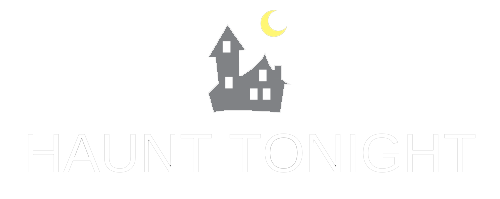
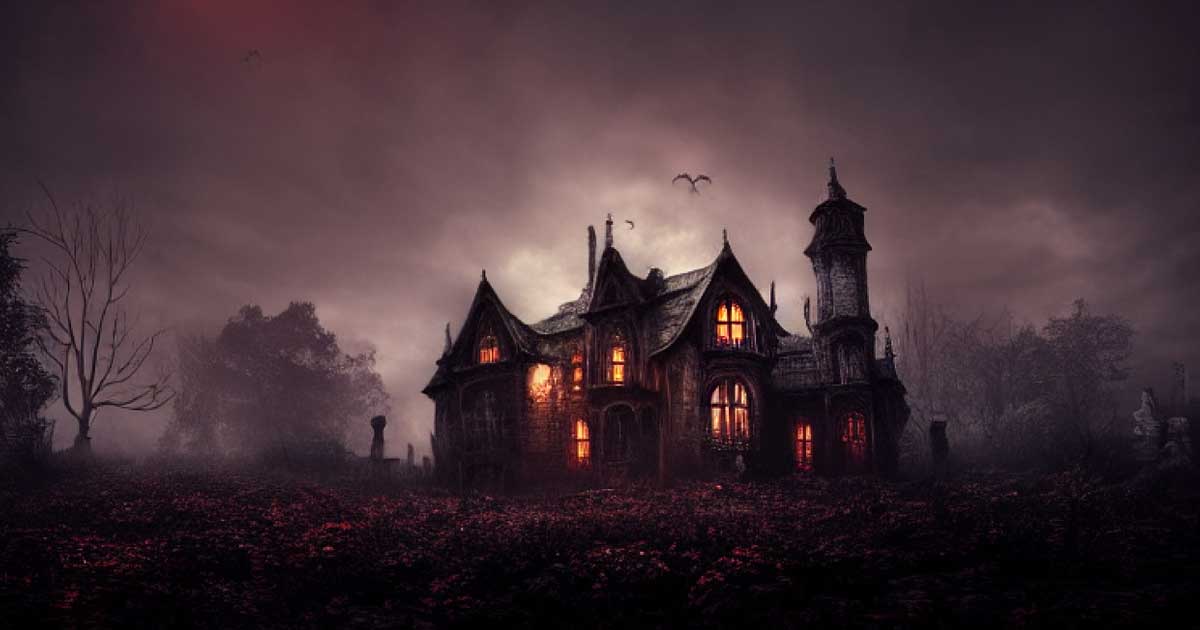
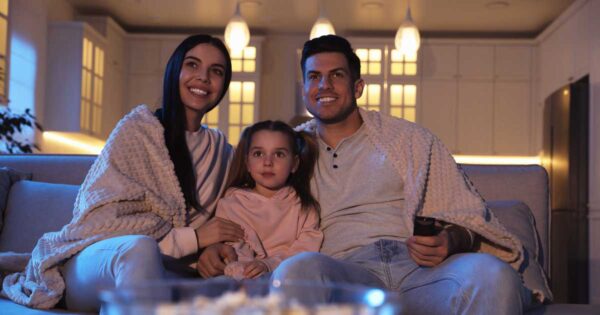
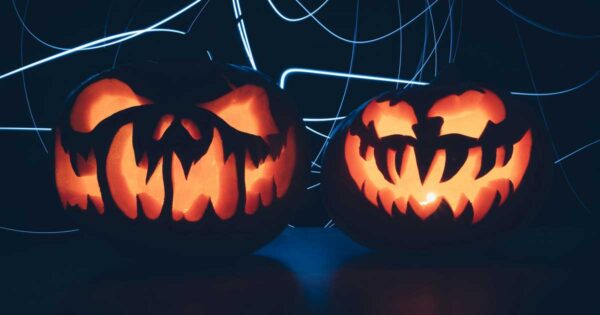
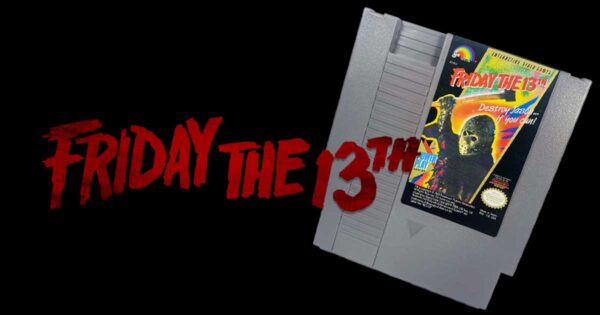








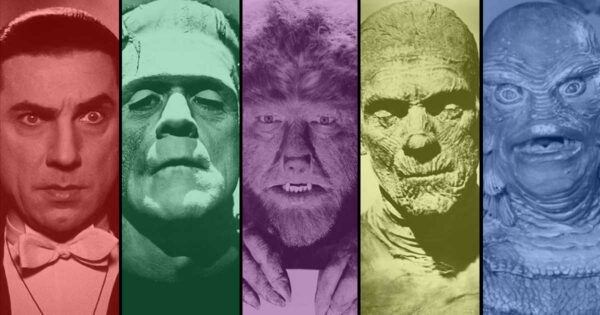
Add a comment